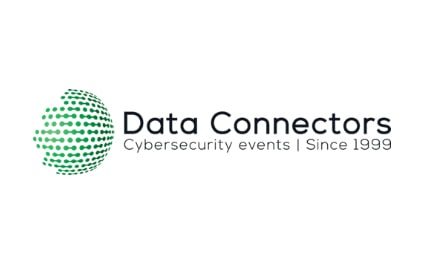Most security breaches can be traced back to human error. Hackers know it’s far more difficult to defeat advanced security defenses than it is to trick a human into opening the doors and letting them in. If the doors aren’t completely opened, the keys are essentially handed to hackers when organizations fail to require complex passwords, turn on security features or respond to security alerts.
Blog & Resources
Lack of Employee Security Awareness Is a Serious but Fixable Problem
Network Seem Slow? Get a Handle on Network Performance Management
Is Your Disaster Recovery Plan Up to Date?

Hurricane activity has spiked dramatically in recent weeks. As the National Hurricane Center monitored the simultaneous formation of a half-dozen named storms and five other areas of concern in mid-September, NHC scientist Eric Blake tweeted, “They are forming like roaches out there!”
An active hurricane season is always a reminder of the importance of disaster recovery planning.
Cloud Evolution 2020 – October 24th, 29th and 31st

Password security is one of the biggest challenges faced by organizations today, with a staggering 81% of data breaches caused by a weak or stolen password. Subsequently businesses are evaluating multi-factor authentication (MFA) products for additional layers of security around access to corporate resources.
Webinar – Cyber Security and Secure Wi-Fi Technology Briefing for K-12 and Higher Education
Join Verteks Consulting at the Data Connectors Cybersecurity Conference in Jacksonville October 10th
How Managed Services Reduce Risk and Keep Your Business Moving Forward

When it comes to performing day-to-day functions, serving customers, operating efficiently, and maintaining a high level of productivity, most small to midsize businesses (SMBs) are as reliant upon IT systems as large enterprises. If servers crash, applications stop working or slow down, or employees can’t access network resources, SMBs lose money and are forced to play catch-up.
How to Build a Successful Security Awareness Training Program

In a previous post, we discussed not only the prevalence of phishing attacks, but the email subject lines and social media attack simulations that were most effective at getting users to click. No security solution or IT team can detect and block every phishing attack or manage shadow IT apps and services, which is why security awareness training is critical to helping users recognize and avoid these attacks.
Strength in Numbers

Boost IT security with a layered approach featuring a combination of tools and solutions.
Elephant calves in the wild are protected by the herd, which will circle the calf in order to fend off lions, hyenas, crocodiles and other predators. The huge size and coordinated action of the adult elephants creates a defensive ring that successfully discourages attacks.








